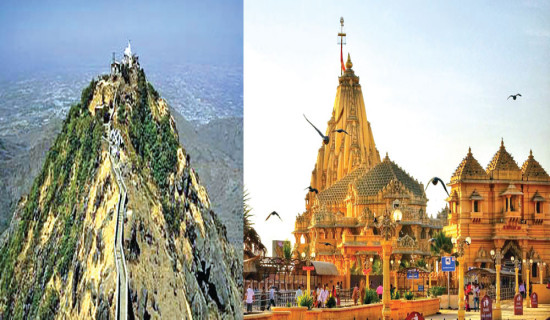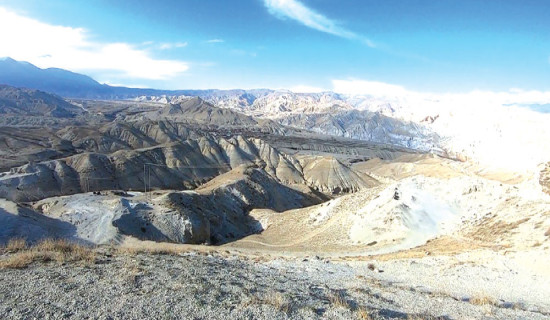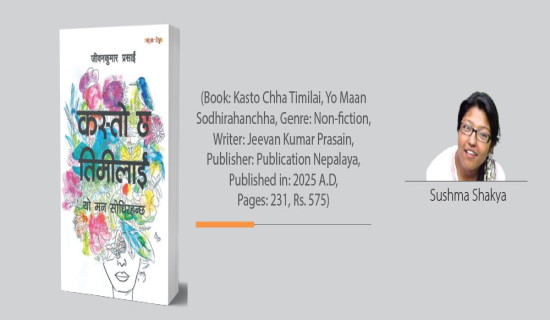- Friday, 16 January 2026
Alarm Bell On Cholera
With the onset of the monsoon season, the risk of the outbreak of water borne diseases goes high in the Kathmandu Valley. Such a public health threat looms large in the nation's capital every year. Probably the most dangerous and deadly in the list of water-borne disease is cholera of which several cases have been reported in the wake of prolonged piling up of undisposed metropolitan waste. And if the cases are not brought under control in time, the disease may spread in pandemic proportion. The Ministry of Health and Population (MoHP) has already confirmed cholera infection in 12 persons in the capital valley as of Monday. Doctors have confirmed the presence of Vibro cholera 01 Ogawa serotype in the tested samples.
As the reported cases in the Kathmandu Valley so far are of sporadic nature, it is still manageable. But the health experts have rightly alarmed that this highly infectious disease could spike out of control any time with severe consequences if effective preventive as well as curative measures are not taken. The cases of cholera are detected every year in Nepal in endemic scale. The monsoon season along with undisposed garbage littered on the streets of the Valley has added more risk of cholera. This ailment takes place through an acute intestinal infection, caused by ingesting contaminated food or water with the bacterium Vibrio cholera. We may be cleaning the dish but if the water used is already contaminated, the risk remains.
The Kathmandu Valley is at high risk for outbreak of water-borne diseases due to its dense urban population accompanied by an inadequate supply of safe water and good sanitation along with poor management of both solid and liquid waste. According to doctors, cholera infection quickly leads to severe dehydration and even death if left untreated. It may cause serious symptoms in one of ten infected people. It is the time to be seriously warned because studies have found that the death rate of cholera infections can reach up to 50 per cent if victims lack timely medical intervention and treatment.
Despite being easily treatable, infected patients tend to avoid seeking medical help until their health condition turns critical. So, massive awareness is essential to contain the spread of cholera and save lives. According to the World Health Organisation (WHO), cholera is a global threat to public health and an indicator of inequality and a lack of social development. Researchers estimate that annually there are between 1.3 million and four million cases of cholera worldwide, leading to between 21,000 and 143,000 deaths.
The Epidemiology and Disease Control Division (EDCD) has found the presence of E- coli and other germs in the water of tap, well, tanker, jar and bottles at various places of Kathmandu Valley while inspecting water sources in order to control the spread of the cholera. This has posed high risk of transmission of disease in the Kathmandu Valley. The multifaceted approach is the key to control cholera. The concerned authorities should work on awareness, surveillance, water treatment, sanitation and hygiene, social mobilisation and treatment. The long-term solution for cholera control lies in access to safe drinking water and adequate sanitation. The government should ensure supply of safe water, basic sanitation and good hygienic practices in cholera risk zones.

















